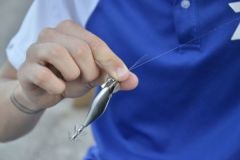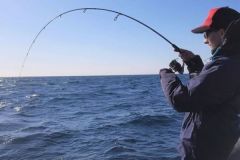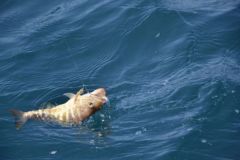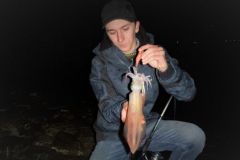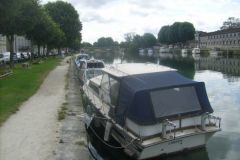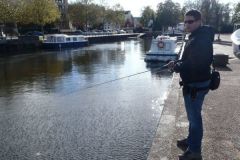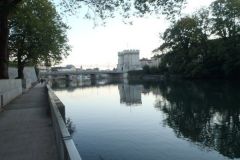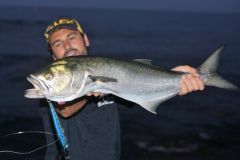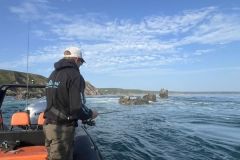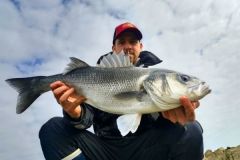Direct depth for plumb fishing
Any structure with concrete blocks or rocks at its foot is teeming with predators, especially conger eels, sea bream and sea bass. Rock-free harbor piers also mark a break in the current, providing a habitat for all kinds of marine fauna. Accessibility may not be easy, but the direct depth allows for almost vertical fishing from shore. Dykes with a depth of at least one to two meters at low tide are often permanently inhabited by numerous species, notably sea bass. The fish don't need to move with the tides; they can make their home here.
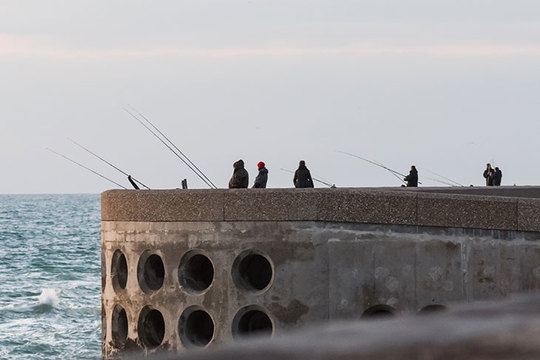
An abundance of food
You'll find plenty of molluscs, crabs of all sizes, shrimps and prawns, as well as many small fish hiding in the rocks or pelagic fish passing through. The entire carnivorous larder is permanently present, and the rocky faults provide shelter.
The ideal spot for landing fish
These positions offer the chance to catch some fine fish from the shore, using several rods, a technique known as jigging. The easily accessible dykes, surrounded by fish-bearing rocks, are usually densely populated, and in summer there's sometimes an angler every few metres. At this time of year, many anglers are out on the water stalking mackerel. Pole and line fishermen are more at ease in the early morning before daybreak.
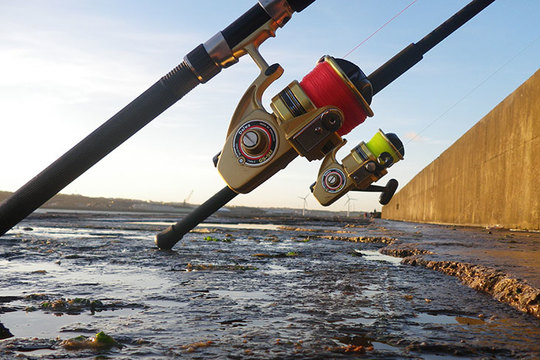
In addition to surfcasting, many other techniques can be tried, depending on the water level: float fishing, casting and reeling hard or soft lures, or even from a boat, provided no angler has tended his lines from the structure. Out of respect for shore anglers, who have limited freedom of movement, we consider that they have priority, as opposed to boats, which are mobile and can move easily along the entire coastline. Unfortunately, some dikes are closed to shore fishermen and/or inaccessible to them. In such cases, a boat is essential, even if only a fishing kayak.
Generally speaking, the dikes overhang by several metres, and to catch a nice fish in the dry, you need a scale, a metal hoop fitted with a net. Sometimes, the rocks at the foot of the structure are accessible at low tide for flush fishing, which can prove more practical.
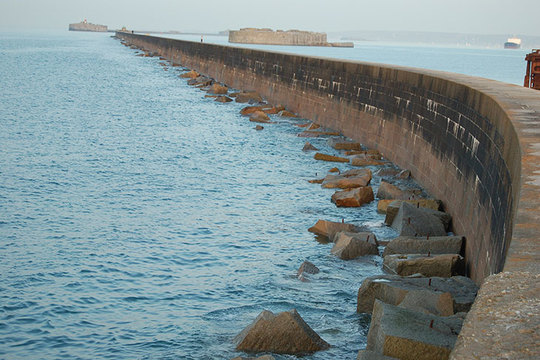

 /
/ 



